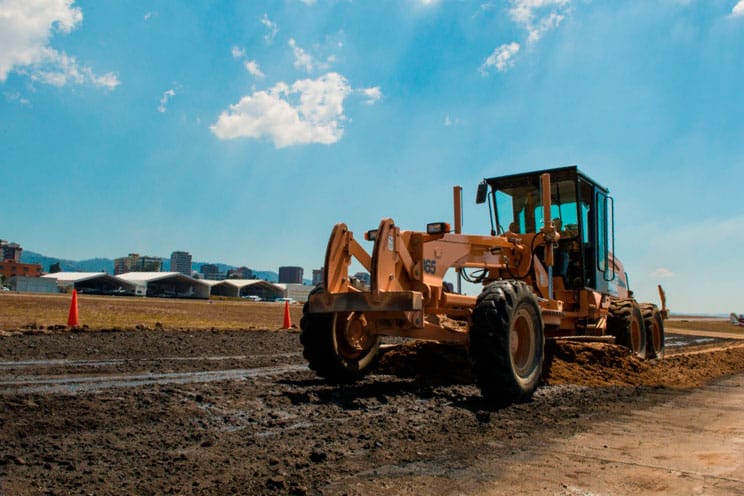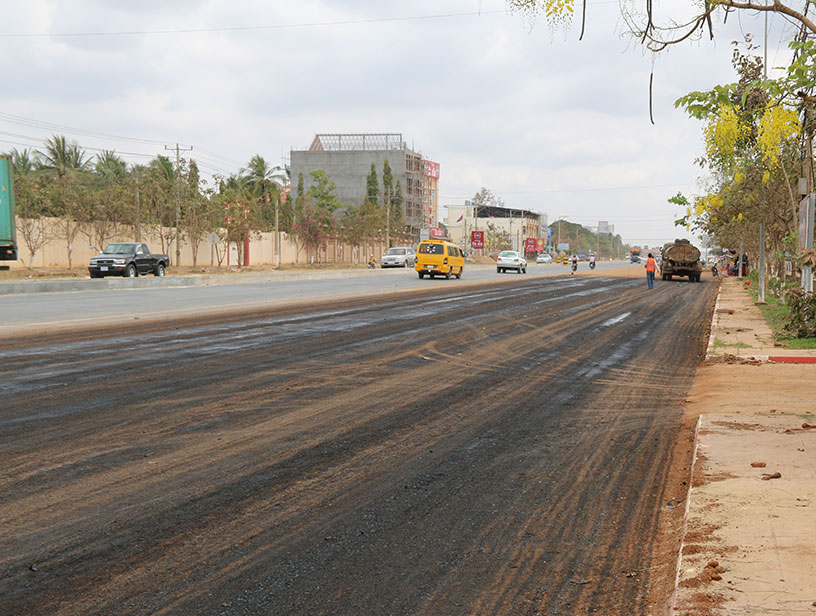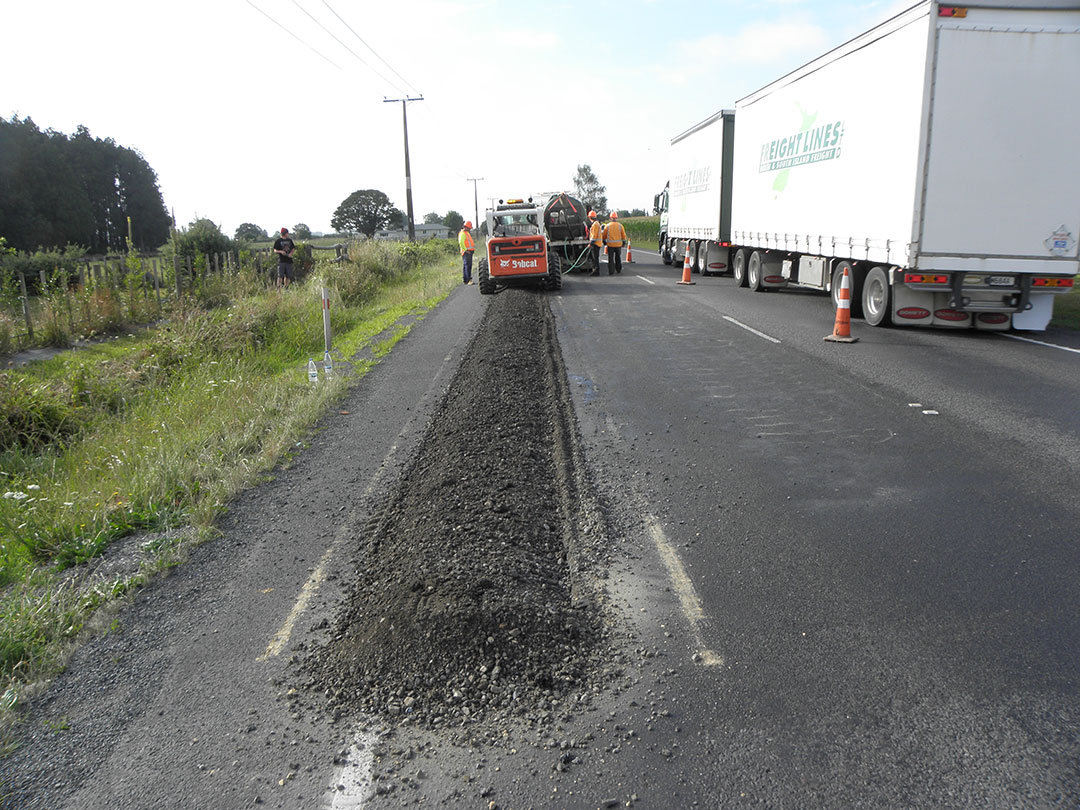
The Carbon Footprint of Conventional Construction Materials
Aggregates, including gravel, crushed rock, and sand, are essential in construction but come at a high environmental cost. The extraction of aggregates often involves quarrying and open-pit mining, consuming large amounts of energy and disturbing natural ecosystems. Once extracted, the materials undergo crushing, screening, and washing, all of which are energy-intensive processes and add to their carbon footprint, generating between 3kg-10kg of CO2 per ton of aggregate, making aggregate production a major contributor to construction-related emissions.
While cement also plays a major role in construction emissions, its environmental impact stems primarily during production, with high temperatures releasing carbon dioxide. Producing just 1 kg of cement emits up to 0.6 kg of CO2, contributing significantly to global CO2 emissions. However, the reliance on imported aggregates and the energy-intensive processes involved in their production often go unnoticed, contributing heavily to the environmental burden of construction.
Environmental Benefits of AggreBind
By addressing the environmental challenges and impacts associated with conventional construction methods, AggreBind delivers:
1. The Elimination of Quarrying and Processing Emissions – By using in-situ soils for stabilization, AggreBind eliminates the need for aggregate extraction, quarrying, and processing, and drastically reducing the CO2 emissions and environmental disruption caused by its energy-intensive processes.
2. A Significant Reduction in Transportation Emissions – A major contributor to construction-related emissions is the transportation of aggregates and materials to and from construction sites. Using in-situ soil stabilization cuts countless truckloads of material transport, resulting in a substantial reduction in fuel consumption, vehicular emissions, and overall carbon footprint. Additionally, AggreBind’s matrixed structure used for dust control, eliminates the need for continuous water truck operations, further reducing emissions and repeated trucking cycles.
3. Reduced Water Consumption and Sustainable Resource Use – AggreBind significantly reduces water consumption during construction by minimizing the need for frequent dust suppression through water trucks. Importantly, AggreBind can utilize brackish water, greywater, or even seawater in its implementation, removing the reliance on potable water sources, further contributing to the preservation of natural resources. This approach not only saves water but indirectly lowers the carbon emissions associated with water extraction, treatment, and transport.
4. Repurposing Waste and Diverting Materials from Landfills – AggreBind promotes circular economy practices by incorporating waste materials such as hard plastics, HDPE pipes and pond liners, tires, construction debris, waste and hazardous waste into the soil stabilisation process. This repurposing reduces landfill dependency and mitigates emissions from waste decomposition while providing a cost-effective, operationally efficient, and environmentally responsible solution.
5. Longevity and Reduced Maintenance Emissions – AggreBind creates durable, long-lasting infrastructure that significantly reduces the need for frequent repairs and ongoing maintenance. Conventional roads often require seasonal repairs with maintenance crews, vehicles, and heavy equipment on continuous cycles of fixing deteriorating sections, consuming fuel, generating emissions, and straining resources. By extending the life of stabilized surfaces, AggreBind minimizes the carbon footprint associated with maintenance cycles and reduces operational impact over the lifespan of the infrastructure.
6. Reduction of Cement Usage in Precast and Concrete Applications – AggreBind’s polymer-modified concrete (PMC) technology reduces cement consumption by up to 30% in precast concrete and concrete structures, directly decreasing the environmental impact and carbon emissions of concrete applications.
Why Governments, Defense Forces, and Industry Are Choosing AggreBind

AggreBind’s impact extends well beyond immediate cost and environmental benefits. Its focus on long-term solutions that meet operational budgets and efficiency standards, result in fewer operational disruptions and lower lifecycle emissions. By adopting sustainable construction practices with AggreBind, organizations are not only meeting regulatory and environmental standards but also actively contributing to a lower-carbon future.
